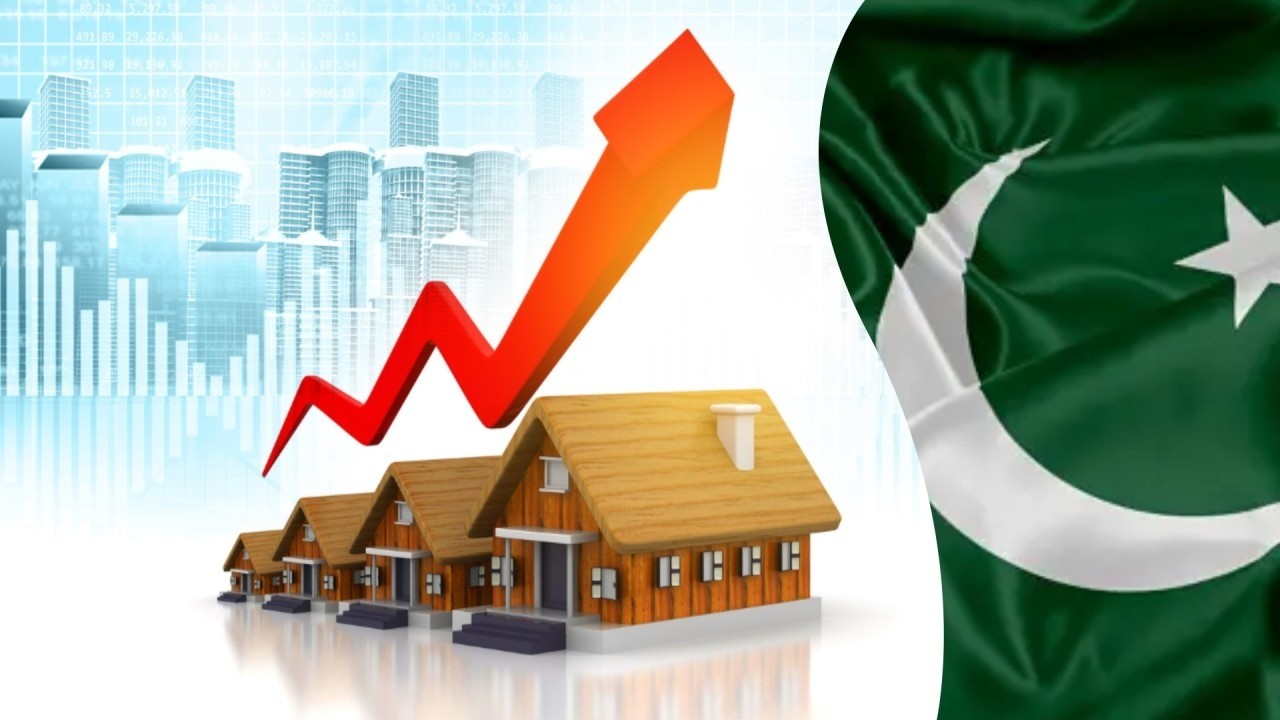As of February 2025, Pakistan’s real estate market is experiencing significant transformations driven by economic recovery, urbanization, technological advancements, and evolving consumer preferences. Here’s an overview of the latest developments shaping the sector:
Economic Recovery and Market Growth
Following a period of economic challenges, Pakistan’s economy is showing signs of stabilization. The State Bank of Pakistan has reduced interest rates from 22% in 2023 to 13% by December 2024, with expectations of further decreases in 2025. This reduction makes traditional bank deposits less attractive, encouraging investors to explore opportunities in the real estate sector. Additionally, political stability and consistent remittances from overseas Pakistanis are bolstering consumer confidence, leading to increased investments in both residential and commercial properties.
Urbanization and Housing Demand
Rapid urbanization continues to drive demand for housing in major cities like Karachi, Lahore, and Islamabad. Projections indicate that by 2025, nearly half of Pakistan’s population will reside in urban areas, intensifying the need for diverse housing solutions. Developers are responding by launching projects that cater to various income groups, including affordable housing schemes and luxury residences. The trend of gated communities is gaining popularity, offering residents enhanced security and modern amenities.
Technological Integration
The adoption of technology in the real estate industry is transforming how transactions are conducted. PropTech platforms are facilitating transparent and efficient property dealings through online listings, virtual tours, and AI-driven market analyses. Moreover, the exploration of blockchain technology aims to streamline property registrations, reducing fraud and expediting processes. This digital shift appeals to tech-savvy investors and is reshaping buyer behavior across the market.
Sustainable and Eco-Friendly Developments
Environmental consciousness is influencing real estate development in Pakistan. There is a noticeable shift towards sustainable housing solutions that incorporate energy-efficient designs, renewable energy sources like solar panels, and green spaces. Consumers are increasingly prioritizing eco-friendly features, prompting developers to integrate sustainable practices into their projects to meet this growing demand.
Diversification of Investment Opportunities
The real estate market is diversifying with the introduction of innovative investment avenues such as Real Estate Investment Trusts (REITs). These instruments allow investors to participate in the property market without direct ownership, lowering the entry barrier for smaller investors. Additionally, mixed-use developments that combine residential, commercial, and recreational spaces are gaining traction, offering convenience and integrated living experiences that appeal to urban dwellers.
Impact of Infrastructure Projects
Ongoing infrastructure projects are significantly impacting the real estate landscape. Initiatives like the China-Pakistan Economic Corridor (CPEC) and urban development projects such as the Karachi Circular Railway and Rawalpindi Ring Road are enhancing connectivity and accessibility, making surrounding areas more attractive for investment. These developments are expected to open new corridors for real estate growth and contribute to regional economic development.
Conclusion
In 2025, Pakistan’s real estate sector is poised for growth, driven by economic recovery, urbanization, technological advancements, and sustainable development practices. Investors, developers, and homebuyers who stay attuned to these trends and adapt accordingly are likely to benefit from the evolving opportunities within the market.

